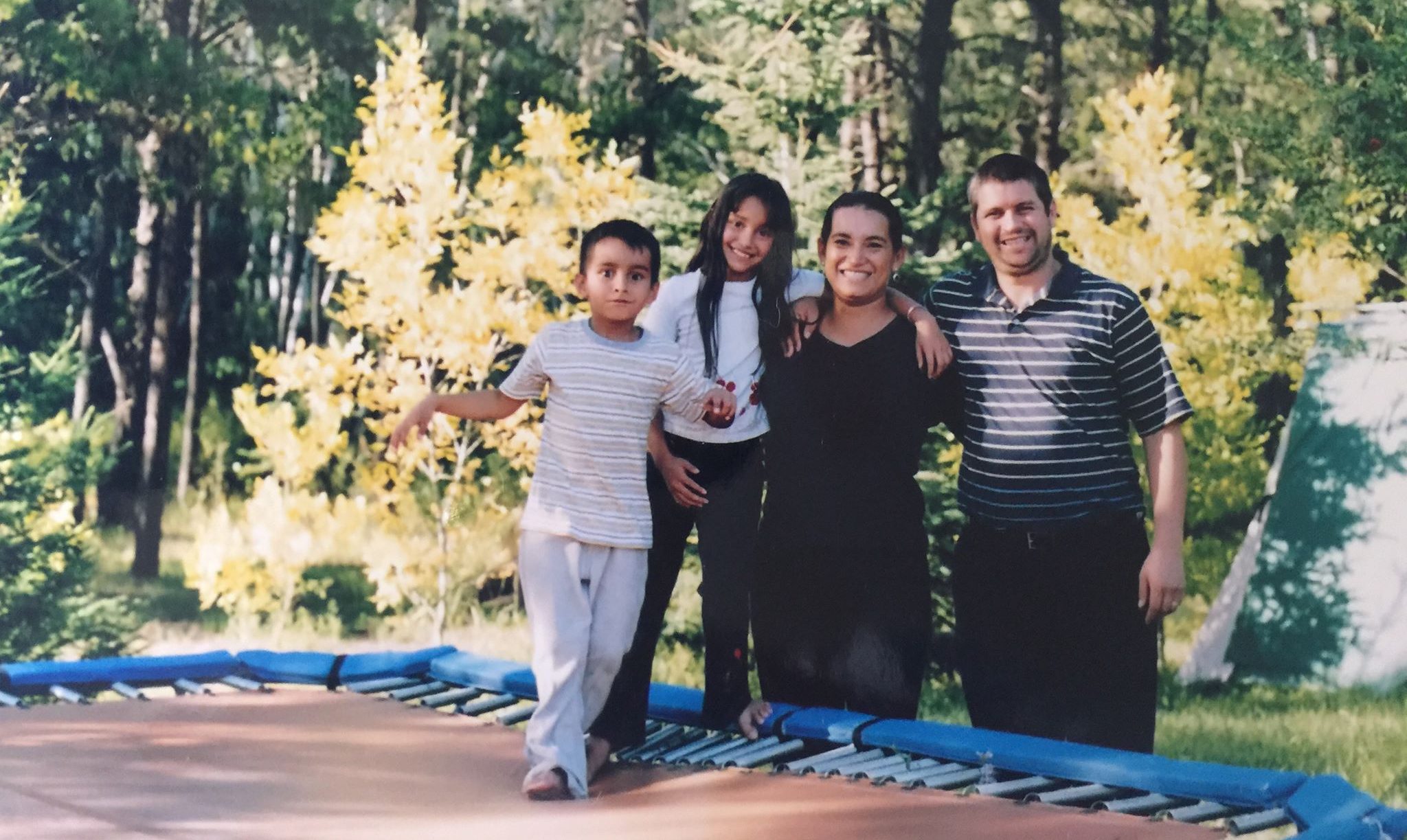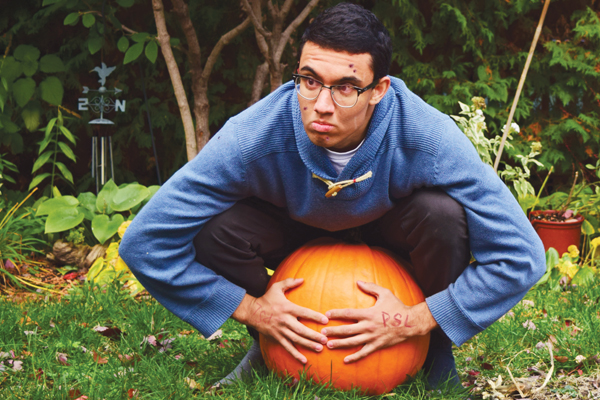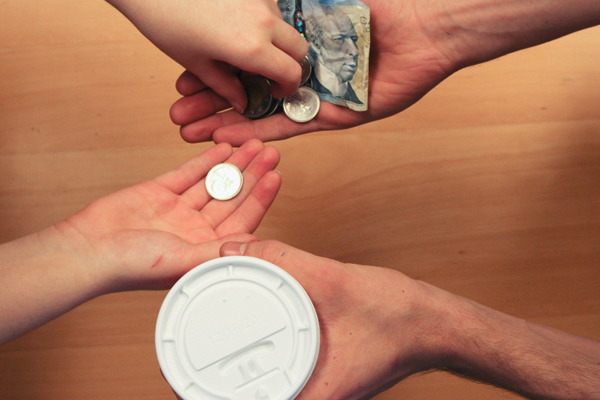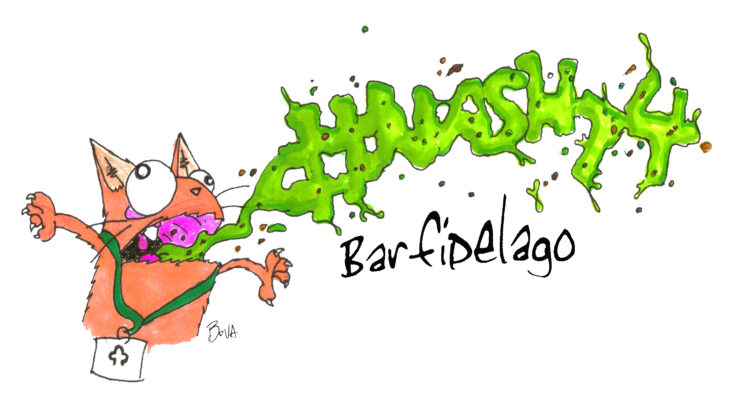I used to feel hesitant and disconcerted for seeking asylum in Canada 14 years ago to this day and eventually becoming a refugee. Hearing how lowly some spoke of refugees and immigrants in general, I knew I’d never want to be ostracized like that, so I internalized the traumatic experience and never spoke of it.
But I stayed quiet for too long on such an integral chapter in my life.
My silent stance shifted when I saw how the refugee crisis in Europe and North America was portrayed, both in the media and in my own communities. It broke my spirit. No one gives up their career, their extended family, their home and safe space in lieu of a foreign land, one where they will face hardship and discrimination — unless it’s life or death.
This is seeking asylum.
Seeking asylum starts with the decision to actually seek asylum, or in my case, learning that you are about to do so. I was seven years old in a toy room in a refugee shelter called Vive La Casa on a 34 C day in Buffalo the day before my life changed forever.
My parents explained to me that we were about to move to Canada and hopefully become refugiados.
I objected. I didn’t like that word and found it needless since as far as I was concerned, we had nothing to seek refuge from. The next day we were driven to Fort Erie, Ont., via the aptely named Peace Bridge to seek asylum and stay as refugee claimants in Canada.
The second step in seeking asylum happens immediately after entering the country you are seeking asylum in. A health, biometric and security check was administered to all members of my family. I understood exactly nothing of what was going on, mainly because I spoke neither of Canada’s official languages, and because I was seven. The visit was mundane and standard, one that could have been a detailed checkup with your family physician.
Still, I remember the blush pink walls, the kind health care workers, my confusion of the need for a checkup, and my blue Maya & Miguel blouse that I was photographed in for a picture to be put into my refugee claim file, which is needed for the fourth step.
But first, the third step.
Waiting.
We waited two years for a tribunal to hear our refugee claim. In the meantime, we resettled and attempted to integrate into Canadian life. In other words, we assimilated. Moving to a small town in Saskatchewan, where none of my classmates knew the difference between Colombia and British Columbia, let alone know any Spanish, made it clear to me that in order to live here, I was going to have to fit in quick.

This step is where the microaggressions I experienced for being foreign began. The way classmates and teachers treated me for having broken English kickstarted my drive to doing everything in my power to give no one a reason to ‘other’ me. While I could do something about my English, I couldn’t exactly do something about my name, and no one can change their race.
Step four: the tribunal hearing. When you seek asylum in Canada and become a refugee claimant, you are entitled to receive a fair hearing at the Immigration and Refugee Board of Canada, where your case is decided on its merits, based on the evidence and arguments presented. My mom, a lawyer, worked on our case with our immigration lawyer for the duration of our waiting period.
The tribunal looks just like a courtroom and since I was nine at the time, my only job was to sit down and hear, for the first time, exactly why we sought asylum in the hot summer of 2005. Listening to my dad’s testimony in our native tongue, promptly translated to this land’s own, I learned why my family had to flee for our lives.
I don’t think it’s a hyperbole to say that my life fundamentally changed for the second time in two years that day, as my parents and our lawyer pleaded our case, pleaded for our safety, and pleaded for us to remain in what had become home.
Last step: Receive a decision on a refugee claim. To this day, I don’t think we would’ve received a positive decision on our refugee claim had my mom not been a lawyer and provided the immigration lawyer with expertise on how to argue our case.
That’s the thing with the system; it’s not as simple as crossing a border. You need to go to court, you need to have a great lawyer, and you need to be able to make a merited case. I was privileged to have my mom, but not every asylum seeker has access to a lawyer, let alone one who can be as dedicated to their case as my mom was to ours.
I will never know what it was like to wait for our decision in my parents’ position, knowing just how crucial it would be. By this point, we were living in Edmonton, I was growing up in what I now consider my hometown, and I could’ve never fathomed being forced to return to Colombia.
Every day, especially today, I’m grateful for my parents’ strength and courage in seeking asylum for our family here, because had we not become Canadian, I would not be me.

Dolly Cepeda Montufar is a fourth-year chemical engineering and geography student at the University of Ottawa. July 14 marks the 14th anniversary of her family seeking asylum in Canada.








